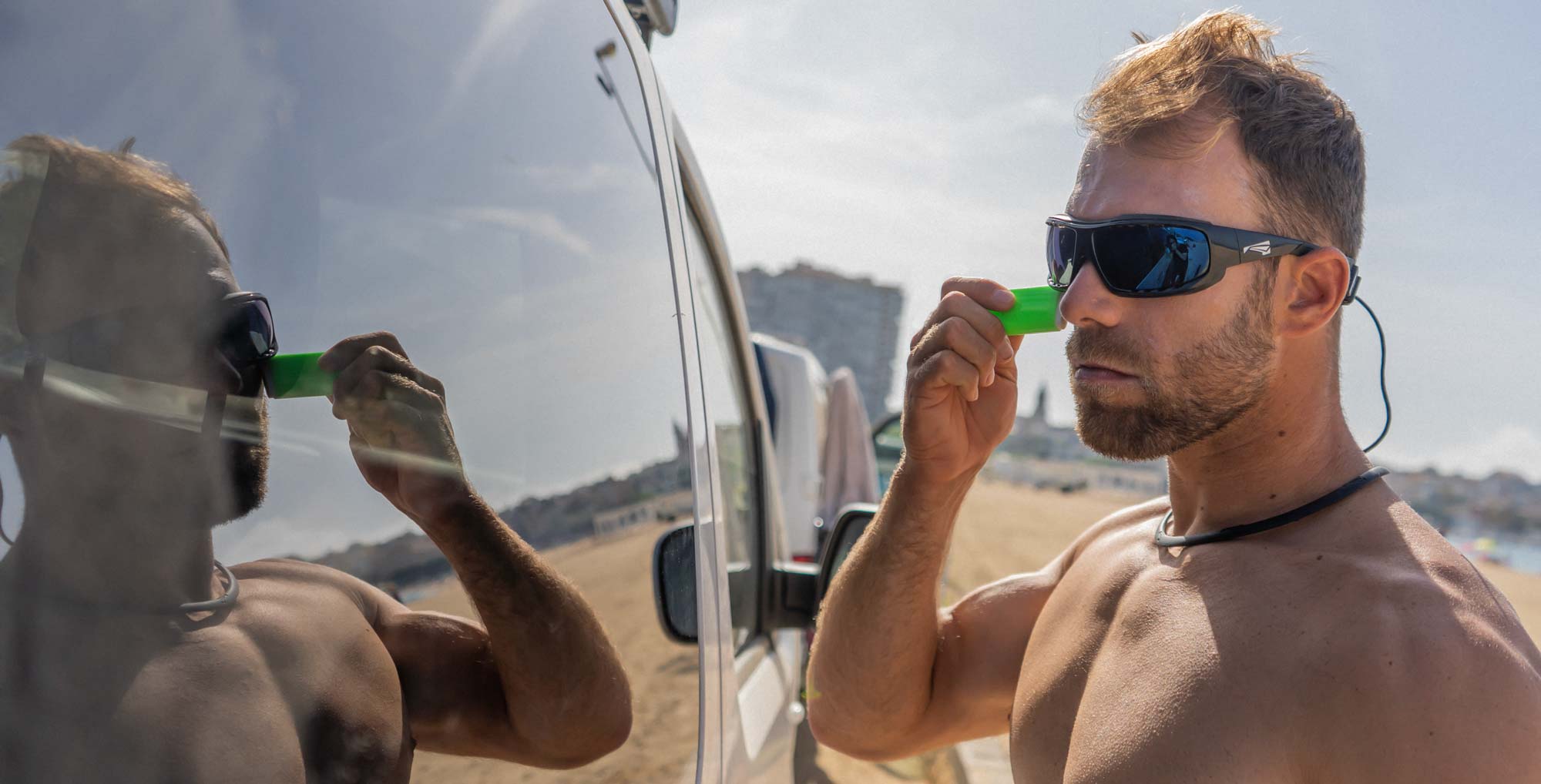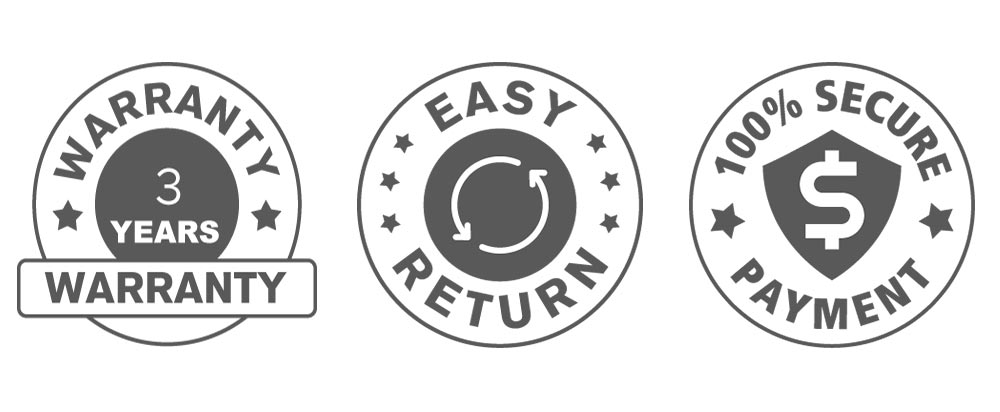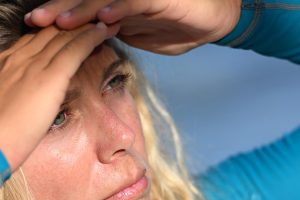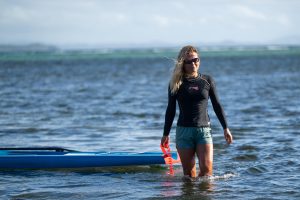For anyone who spends time on the water – whether surfing, sailing, wing foiling, or kiteboarding – a good pair of sunglasses isn’t just a luxury…it’s an essential weapon against the elements. Watersports demand equipment that excels in extreme environments with functionality, durability, and adaptability being the key metrics. Among the many technologies packed into high-performance sunglasses, perhaps the most critical metric is functional – and that is UV protection.
At LiP Sunglasses, our mission is rooted in enabling people to perform at their peak without compromising their vision. This begins with a deep understanding of the invisible enemy: ultraviolet radiation.
Beyond the Visible
The human eye is capable of detecting visible light in the range of approximately 400 to 700 nanometers (nm), encompassing everything in the spectrum of colours that fill our lives. However, the eye is affected by a broader swath of the electromagnetic spectrum. Ultraviolet radiation below 400 nm, particularly UVA and UVB, can penetrate ocular structures and contribute to diseases such as cataracts and macular degeneration.
On the other end, near-infrared radiation above 700 nm can also cause thermal damage to the retina and lens if exposure is intense or prolonged. Although invisible, these wavelengths can induce oxidative stress, tissue degradation, and long-term dysfunction if adequate eye protection is not used.
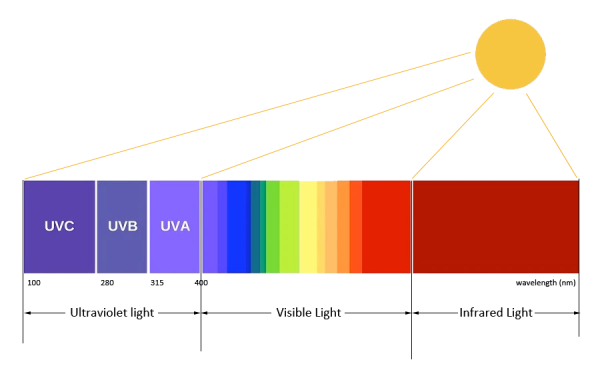
What exactly is UV Radiation?
Ultraviolet (UV) radiation is a form of electromagnetic energy emitted by the sun. It is invisible to the naked eye and exists just beyond the violet end of the visible light spectrum. There are three types:
UVA: Long-wave UV that penetrates deep into the eye, accounting for about 95% of the UV radiation that reaches the Earth’s surface.
UVB: Medium-wave UV, more intense than UVA but partially filtered by the Earth’s atmosphere. It’s mostly absorbed by the cornea and lens.
UVC: Short-wave UV, largely absorbed by the ozone layer and rarely reaches the Earth.
How does UV affect the Eyes?
The human eye is uniquely vulnerable to UV damage. Unlike the skin, which can tan or blister in response to overexposure, the eyes lack comparable defence mechanisms. UVA radiation in particular can penetrate the cornea and reach deeper structures like the lens and retina. As the eyes lack the natural defences of the skin, UV-blocking eyewear is essential because the damage caused by UV exposure of the inner eye is cumulative over time.
Here are some of the most serious risks associated with UV exposure:
Photokeratitis: A painful, sunburn-like condition of the cornea caused by acute exposure to UVB. Commonly referred to as “snow blindness,” but equally applicable to water environments.
Cataracts: A clouding of the eye’s natural lens, often linked to cumulative UV exposure over many years.
Pterygium: A growth of tissue on the white of the eye, commonly seen in surfers and outdoor athletes. UV exposure is a major contributing factor.
Macular Degeneration: A degenerative condition of the retina linked with long-term exposure to UVA and oxidative stress.
Why UV Protection Matters More on the Water?
Water environments amplify UV exposure in multiple ways. While it’s true that some UV rays are absorbed by the water surface, a substantial portion—particularly at shallow angles—is reflected upward. This means that your eyes are exposed both directly from above and indirectly from below.
It’s important to distinguish this from what is commonly referred to as ‘reflective glare,’ which primarily describes the intense reflections of visible light that cause discomfort and visual interference. Reflective glare affects visual comfort, whereas UV exposure affects long-term ocular health. Both are very real concerns in watersports, but they arise from different parts of the electromagnetic spectrum and require different lens technologies to manage effectively.
Moreover, wind, salt and spray make the eyes more susceptible to irritation and damage, increasing the chance that UV rays will penetrate and cause harm.
The Cumulative Nature of UV Damage
Perhaps the most underestimated danger of UV exposure is that it doesn’t just cause harm in a single moment – it builds silently over time. Each instance of unprotected exposure, no matter how brief, contributes to a growing burden on the eye’s internal structures. This means that a short paddle without sunglasses or a cloudy-day session where eyewear was skipped is not without consequence.
UV damage is cumulative and irreversible. Much like how repeated sun exposure accelerates skin aging and the risk of skin cancer, prolonged UV exposure increases the likelihood of developing conditions like cataracts, macular degeneration, and pterygium. The eye has limited regenerative capacity, particularly in the retina and lens. Once damage sets in, it’s extremely difficult, if not impossible, to undo.
That’s why optometrists advocate for consistent, year-round UV protection, especially for those engaging in watersports where exposure levels are amplified by reflection and environmental intensity. The bottom line? Prevention is your best and only true defence.
Built-In UV Protection
At LiP, all of our lenses are engineered with UV400 protection, which means they block 100% of UVA and UVB rays up to 400 nanometers. This UV protection is built into the lens itself—not just added as a coating – making it more durable and reliable over time.
LiP Lens Technology and Watersports-Specific UV Defense
Our eyewear is designed specifically for marine environments, where UV exposure is at its highest. We combine UV400-rated lenses with lens tints and layers that enhance contrast and reduce glare, without compromising the eye’s natural perception. For athletes who spend hours in high-glare situations, such as kitesurfers or outrigger canoe racers, this combination reduces eye fatigue and supports better performance.
Our frames also play a critical role. With wraparound designs and integrated venting, they minimize peripheral UV ingress while maximizing airflow to reduce fogging. The result: eyewear that doesn’t just block UV but optimizes clarity, comfort, and protection from all angles.
Who Needs UV Protection? (Hint: Everyone)
According to the CDC, cataracts affect more than 20 million Americans over the age of 40. Children are particularly at risk because their ocular lenses are clearer, allowing more UV to reach the retina. If your children are learning to surf or paddleboard, make UV-blocking eyewear a non-negotiable part of their kit.
Even cloudy days pose a risk. Up to 80% of UV rays can penetrate clouds, and light reflected from water, sails, boards and decks still carries UV radiation. That’s why our philosophy is simple: if you’re outside, wear UV protection. If you’re on the water, make it performance-grade.
Busting UV Myths
“Cheap sunglasses are fine if they’re dark enough.“
False. Dark lenses without UV filtering can actually be more dangerous, causing pupils to dilate and let in more UV.
“You only need protection when it’s sunny.”
False. UV levels remain high even on overcast days.
“Polarized = UV protection.”
False. Polarization reduces glare but does not inherently block UV
Final Word: Prevention over Intervention
The message is clear: our eyes are constantly exposed to threats we can’t see—especially in watersports environments. From UV radiation and high-glare conditions to salt spray and airborne particles, your vision is on the front line. Unlike your skin, your eyes lack robust natural defences, and the damage from UV is not only invisible—it’s cumulative and irreversible.
LiP Sunglasses are engineered to meet these challenges. With UV400-rated lenses, hydrophobic and oleophobic coatings, and frames designed to block peripheral light while withstanding harsh marine conditions. Our eyewear doesn’t just perform – it protects by delivering superior UV protection for lifelong ocular health.
It starts with seeing UV for what it really is: an ever-present threat that deserves your full attention.
Invest in your eyes today, and collect the dividends for years to come.
